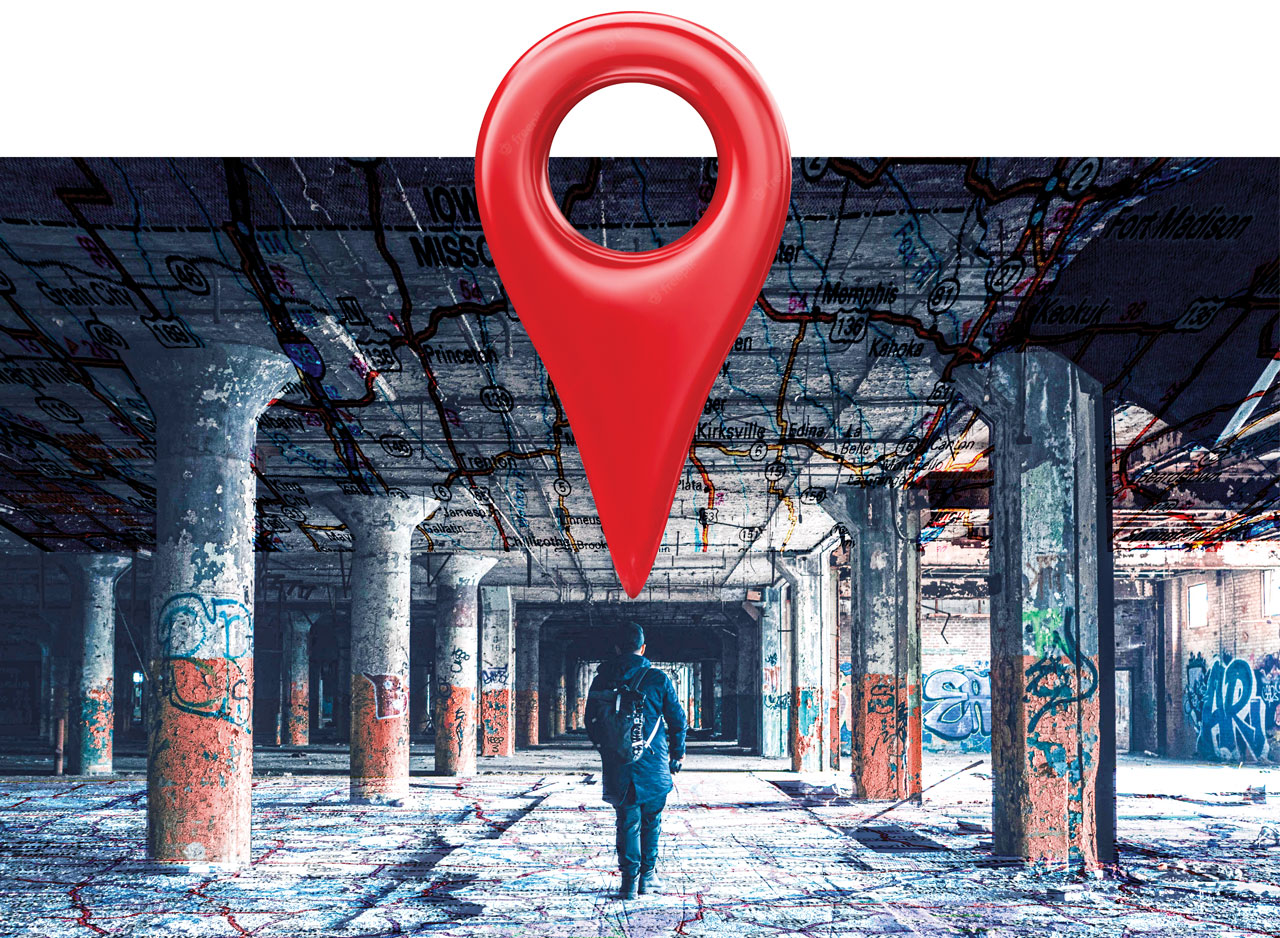Aug. 25, 2022

A youngster’s neighborhood often shapes their exposure to firearm violence or substance use — situations that raise their risk of becoming homeless, says Hsun-Ta Hsu, associate professor of social work. For earlier studies on suicide and HIV prevention among people experiencing homelessness, Hsu walked block by block identifying signs of blight — broken windows, sidewalks in disrepair, piles of garbage — because neighborhood-level data are difficult to find. The scarcity of information prevented him from conducting research on a larger scale.
To help remedy the problem, Hsu and Jianlin Cheng of the College of Engineering developed a program that allows them to drop a pin on a digital map and download relevant Google Street View images. With that on screen, they can document characteristics of a homeless youth’s neighborhood without visiting in person.
Getting people into housing is a main method of addressing homelessness, but Hsu’s research suggests the location of that housing affects whether they will become homeless again. “Neighborhood characteristics play a critical role, and that’s exactly what I’m trying to understand through the technology we developed,” Hsu says.
Next, Hsu wants to develop an artificial intelligence- informed algorithm that can catalog even more widespread areas automatically. Eventually, he hopes homeless youth could give their location to researchers or clinicians, who could quickly access data to see how the area might affect their behaviors.